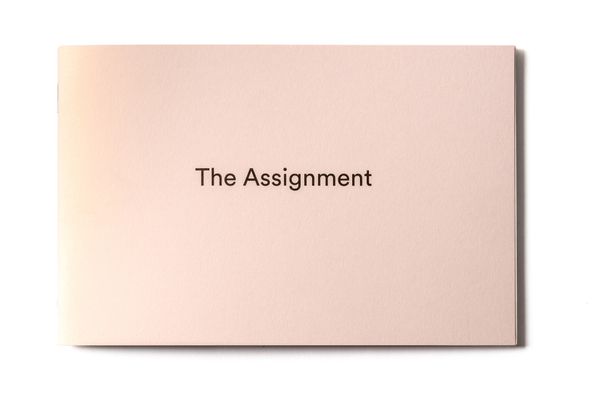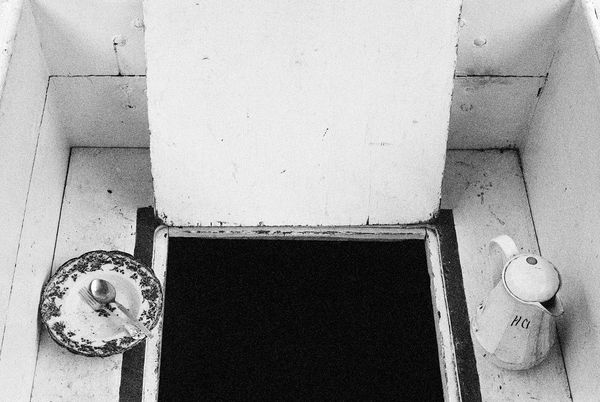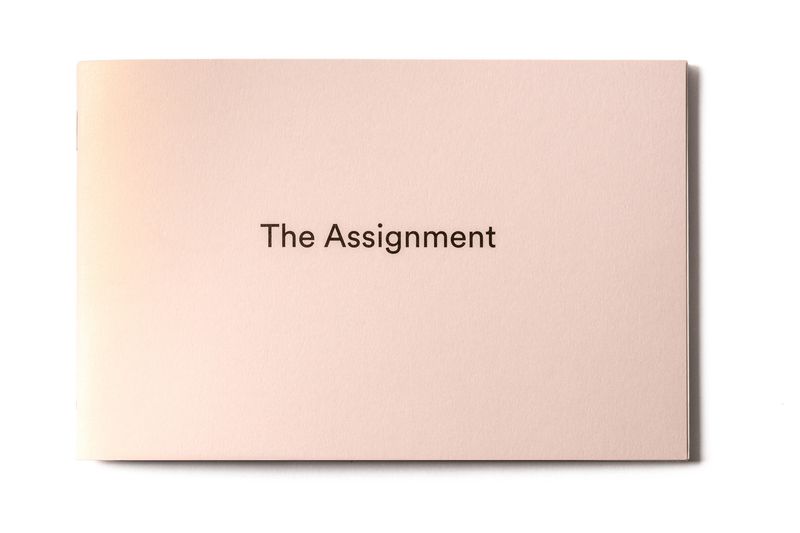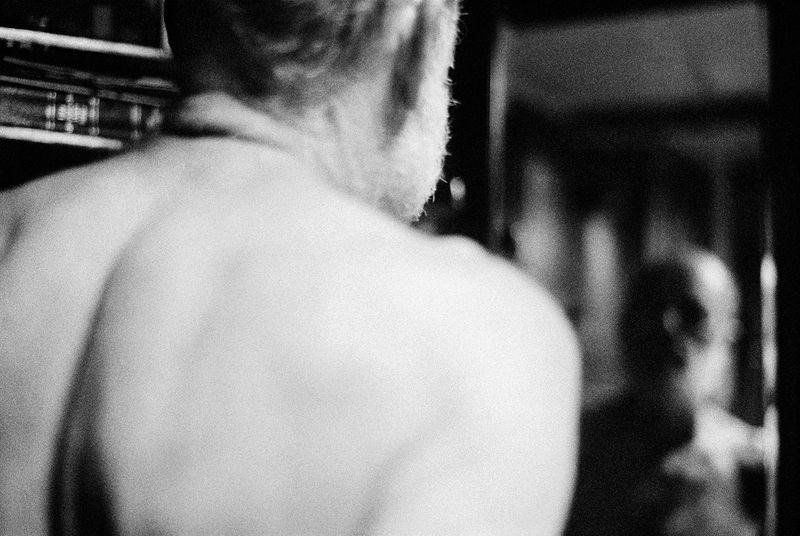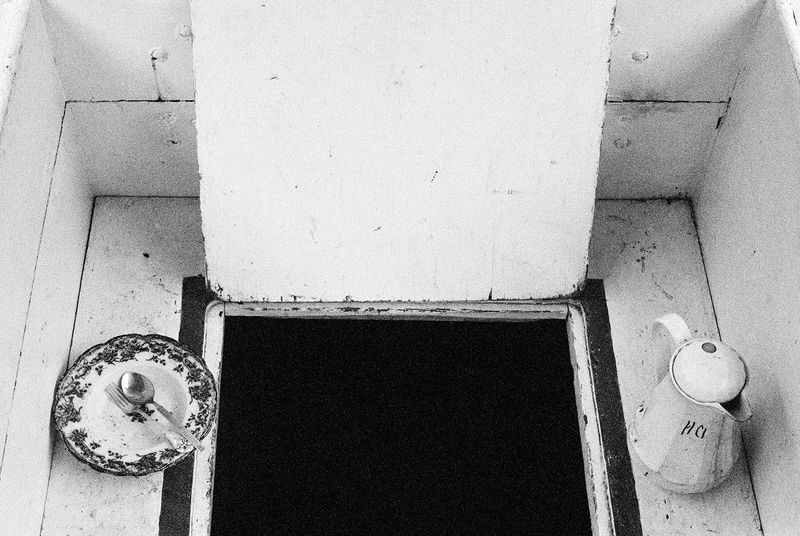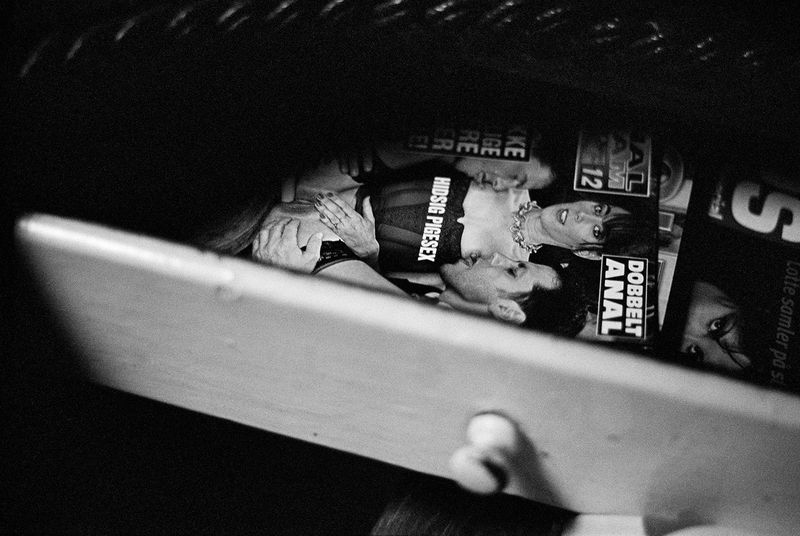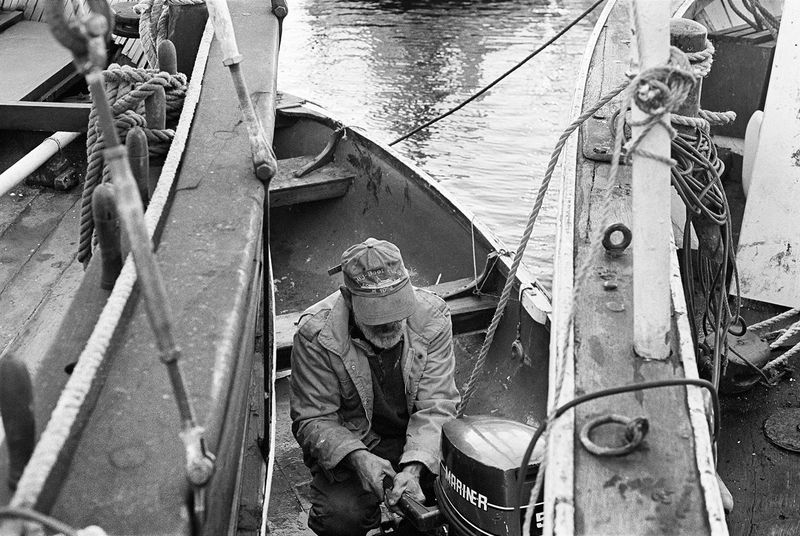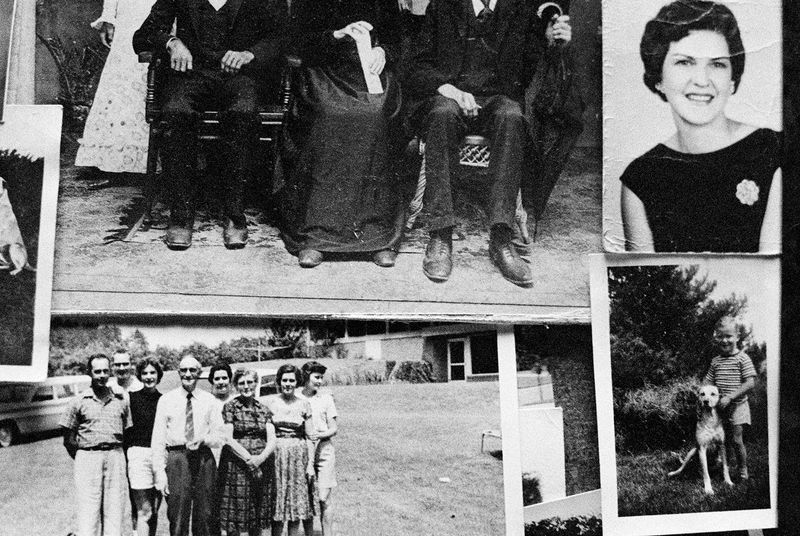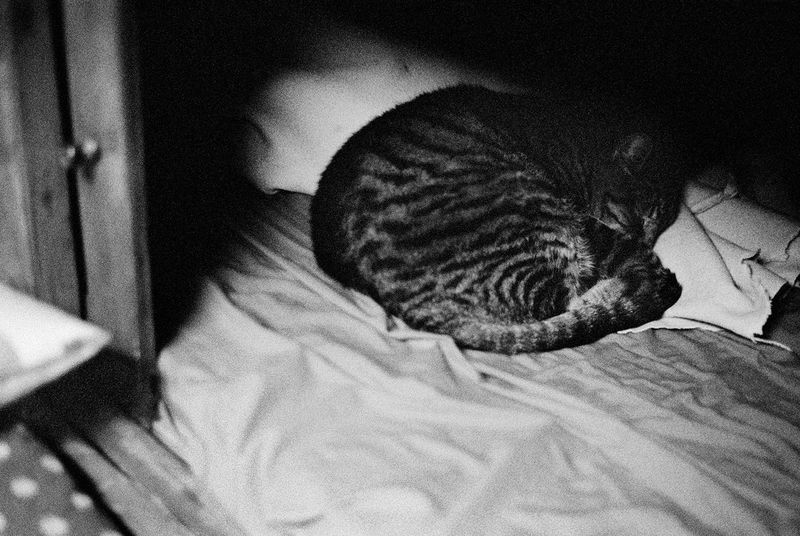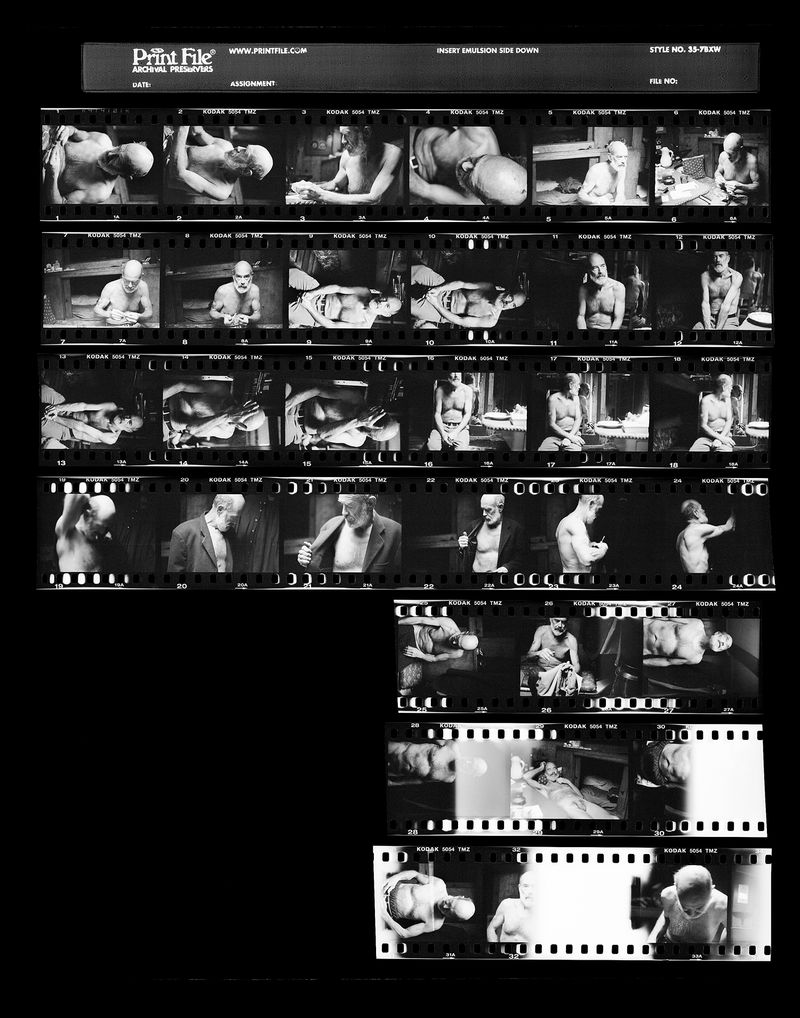Photobook Review: The Assignment
-
Published9 Apr 2024
-
Author
- Topics Photobooks
In Anna Strand's new book The Assignment, she remembers an assignment from her preparatory photography school. The task was to portray a stranger. Strand found a weathered sailor in the local harbour; she was 21 years old, he was considerably older.
You might think this is a story of abuse; a young woman being taken advantage of by an older man, but the story is far more complex and interesting. Rather, it’s an investigation into youthful curiosity, boldness and desire. They all want something. The teacher handing out the assignment, the sailor, Strand. The question is what they all desire. That is the focal point of this book.
In total, she exposed twelve rolls of film of the North American sailor aboard his boat. One of those rolls she waited over 20 years before taking a closer look at. It is this roll of film that is the departure point of her book. On paper, it's obvious who has the upper hand in their encounter, but the story's power play puts things into motion. In this game, the camera plays an essential role.
At the time of the assignment some twenty years ago, a majority of the photography world was saturated with macho culture and ideas about who should be the subject and who should be the object. Something that also permeated the Swedish preparatory education system. Strand describes how female students were expected to pose nude and how male students were expected to take those pictures. In her book, it is instead the man who is naked, and the woman who is holding the camera.
So, what about the desire? Are the pictures the result of a student’s eager attempt to please a teacher, or does the subject and situation hold an allure in and of its own for the young Strand? She moves around her subject, finds his reflection in a mirror. Frames his sagging torso. He looks relaxed in some of the pictures, tense in others. The hair on the sailor’s neck suggests there is no one around to shave it for him. Strand takes the position of the prowler, coming up behind him, having him lay naked on his bed. She describes how he loses his sexual spirit and erection when he realises that she is only interested in one thing; taking pictures; looking at his lines, the way the light reflects off his skin. It’s a story of becoming. Becoming a woman? No, a photographer.
Included in the back of the book is a printed contact sheet of the roll of film in question. The pictures she has chosen to enlarge in the book are not the most obvious ones. I see several images on the contact sheet that would have been more intriguing, more striking to highlight. But then again few of Strand's artistic choices are obvious. With her selection, she shifts the focus from the sailor, moving away from the ruling documentary tradition of the time, to the power play and experience in itself.
What makes Strand's artistry such a joy to follow is how lust-driven and wayward it is. She seems to become obsessed with her material, giving her work a palpable intensity. Although her subjects differ widely, on closer inspection one can see several common threads in her work. The work is always incredibly condensed, boiled down to its absolute essence, where every image, every sentence shines, obvious and simple. Paradoxically, it is this simplicity that makes her encounter with the sailor multi-layered. With her straightforward approach, the meaning ceaselessly shifts and, depending on who is reading, so does the perspective.
There is great effort behind this work, but she hides it well. This is an ability that clashes with the current craze for exposing the "process" in the finished result. What remains is something that at first glance appears to be feather-light and easily accessible. But the weight and complexity increase with every repeated encounter. The book can be consumed in a quarter of an hour, but it invites you to come back, read again, study it closely. Have I missed something? Did I really read this right?
At the end of the book, Strand wonders why she chose to come back to the material again after all these years. She doesn’t really provide an answer for this, but I’m not surprised. The pull of these images and situations is strong. Complex youthful experiences will always have their hold on the adult, precisely because you form new perspectives on them as you get older. An older man naked with a young woman alone on board a boat. Inappropriate? Maybe, maybe not. I remember that youthful curiosity, wanting to see, but also staying shielded, protected from certain knowledge. I remember going a little too far in this curiosity and discovering my limits only afterwards. To be shaped by those experiences. To go from wondering to suddenly knowing something about the world. To feel the weight of the camera in your hands and understanding how this changes things. Putting an experience like this into words takes time, a long time. Many years later it can, for example, take the form of a small book. A small book that turns out to be one of the strongest in an already brilliant production.
------------
The Assignment is published by Sailor Press
Printing: Narayana Press 2023
ISBN: 978-91-986244-7-2
Width: 20 cm
Height: 13 cm
Language: English
Graphic designer: Anna Strand
Typography: Matilda Plöjel
------------
All images © Anna Strand
------------
Anna Strand works with a combination of photography, text, and found material, producing exhibitions and books. The Assignment was published by Sailor Press, who also published her previous books, Collecting I, Nagoya Notebook and Archived under T. Strand also lectures in photography, with program responsibility for the Master of Fine Arts Programme in Photography at HDK-Valand, University of Gothenburg.
Oskar Kardemark is an artist and writer based in Gothenburg, Sweden. As an artist he works primarily with analogue photography and received his MFA in photography from HDK-Valand in 2020.
